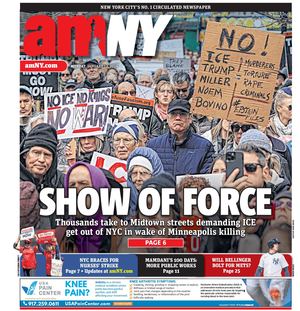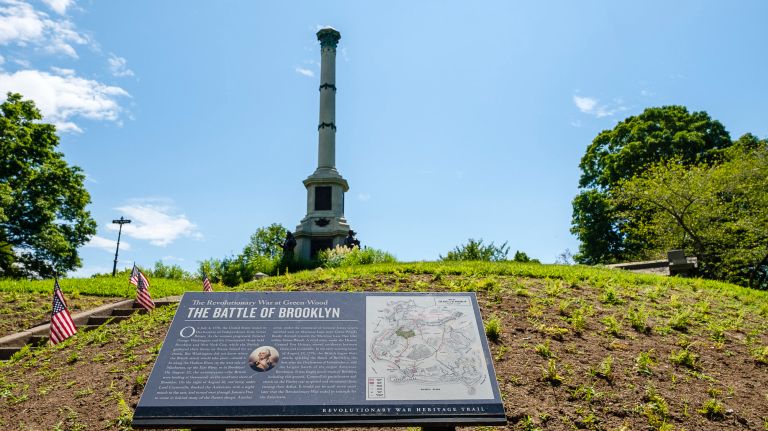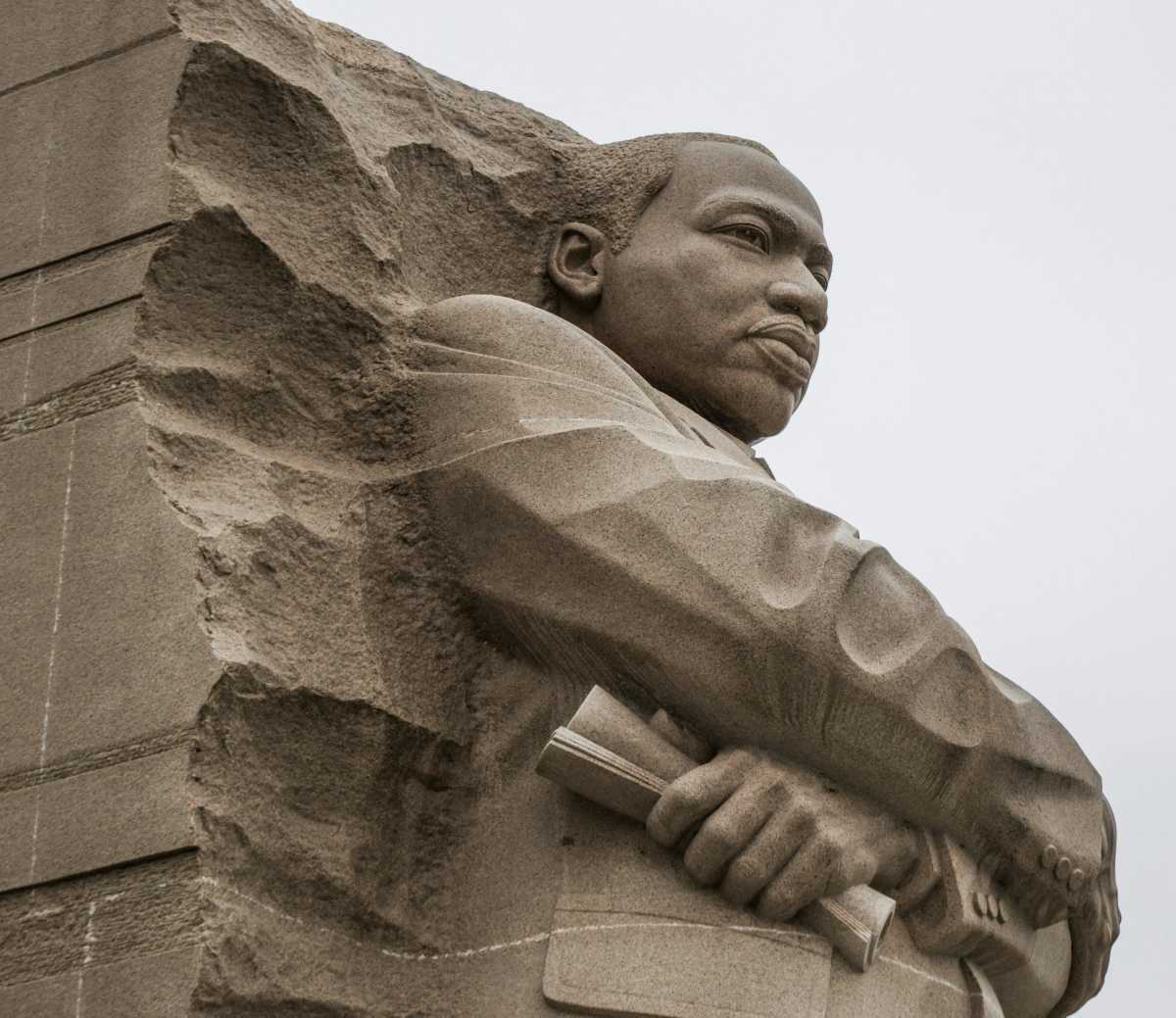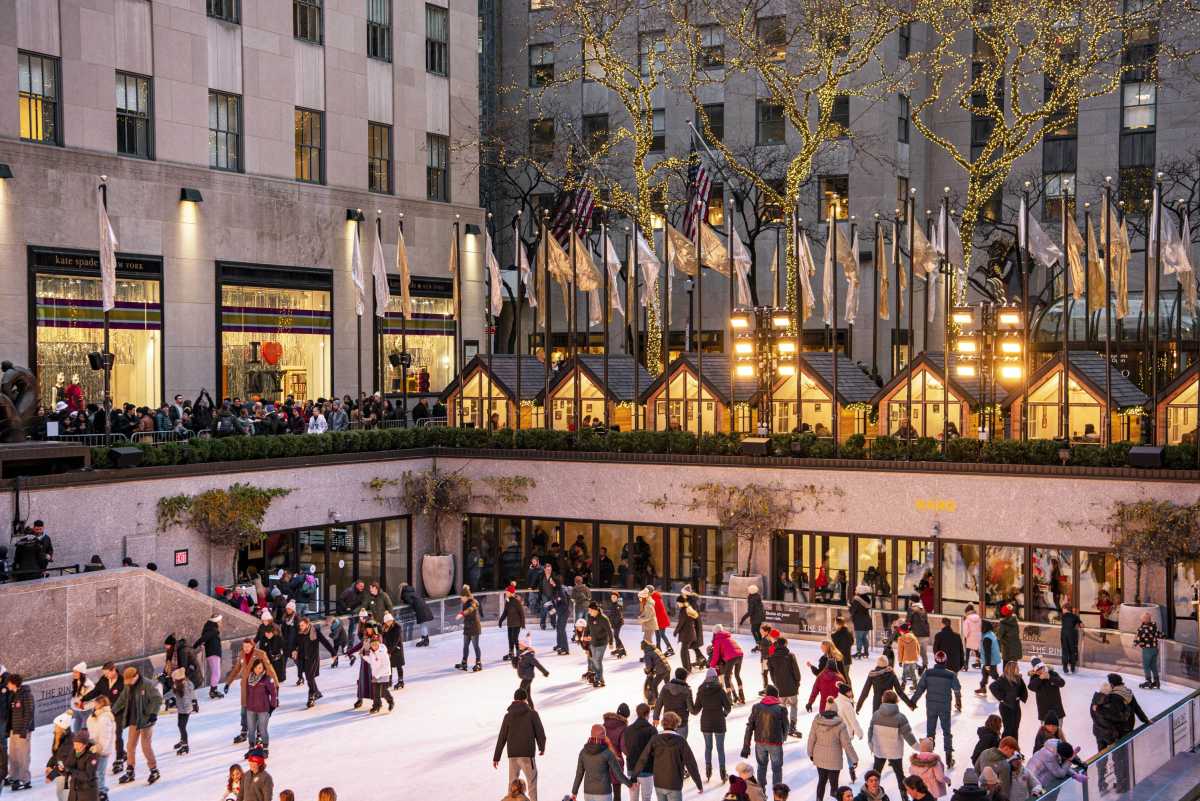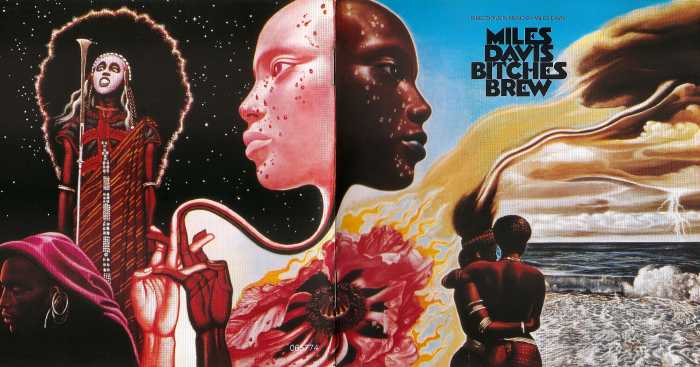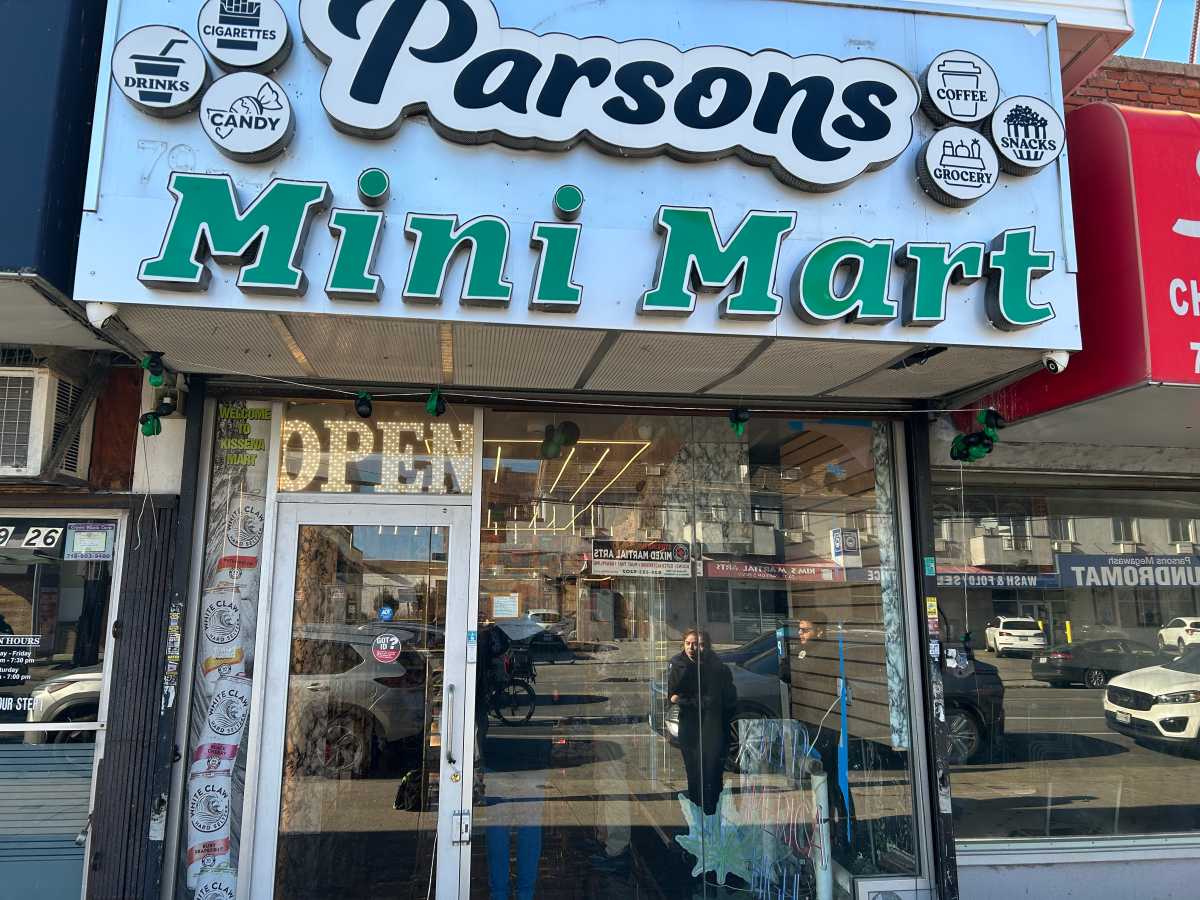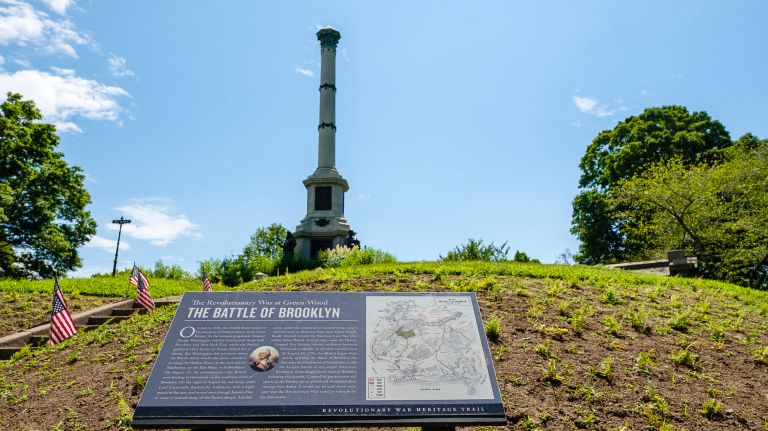
New Yorkers aren’t used to playing second or third fiddle to any city.
But when it comes to Revolutionary War history, our fair city is often overlooked for Boston and Philadelphia.
That shouldn’t be the case, according to local historians.
“I think our history has made a mistake,” said Mike Thornton, curator of “Revolutionary Summer” at the New-York Historical Society. “Those cities survived the war relatively unscathed and have remained stuck in time. They remain ye old colonial landmarks. But New York City is never the same place twice.”
Important sites in colonial and Revolutionary War history are all over the city, tucked between the skyscrapers, or inside parks and cemeteries.
There was the infamous Battle of Long Island (or Battle of Brooklyn as some more territorial locals like to call it) and confrontations up in Fort Washington. And there are no shortage of places where George Washington made his mark as our first president (Federal Hall) or bid farewell to his troops (Fraunces Tavern).
“We take so much for granted,” said Thornton, who is also associate curator of material culture at the New-York Historical Society. “There are parks and landmarks we pass on our daily commutes but we don’t realize the pivotal events that took place here.”
Thornton is helping put the finishing touches on “Revolutionary Summer,” an interactive experience at the museum that includes a recreation of George Washington’s headquarters tent on loan from the Museum of the American Revolution, a recently-discovered watercolor of the 1782 Continental Army encampment at Verplanck’s Point, fife and drum corps music and living history actors portraying soldiers and others who helped the troops. It opens, fittingly, on the Fourth of July.
Step up your knowledge of New York City’s role in the American Revolution with a visit to these sites across the five boroughs:
Brooklyn
Green-Wood Cemetery: Whether you call it the Battle of Long Island or the Battle of Brooklyn, the fight between George Washington’s ragtag troops and King George III’s redcoats was a key moment in the war.
“It was the first battle after the Declaration of Independence,” said Jeff Richman, the historian of Green-Wood Cemetery, the scene of one of its fiercest standoffs. “I would guess very few people know George Washington commanded troops in New York City. They went toe-to-toe in the open field with the greatest military power of the time.”
While the Americans lost the battle, Washington’s ability (with a little luck from a nor’easter) to escape allowed them to live to fight another day.
A monument featuring Minerva, the Roman goddess of wisdom and war, marks the hilltop spot in Green-Wood Cemetery which boasts sweeping views of the city and the Statue of Liberty.
“I think you get the sense of being up on that hill, the history that occurred there 243 years ago,” Richman said.
Manhattan
Federal Hall: The current building at 26 Wall St. was constructed in 1842, but the hallowed site is where George Washington took his oath of office and home to the first Congress and Supreme Court. The national monument rightly calls itself the “Birthplace of American Government.”
The Bronx
The Van Cortlandt House Museum: The oldest building in the Bronx dates back to 1748 and was built by Frederick Van Cortlandt, whose mercantile family had deep roots in the city. During the Revolutionary War, top military officials — including Rochambeau, Lafayette and Washington — used it as temporary headquarters.
Staten Island
Fort Wadsworth: The facility in Staten Island is said to be one of the oldest military installations in the U.S. It was a defensive location, fortified by the British Army during the Revolutionary War. It’s strategically located to protect the New York Harbor.
Queens
The Quaker Meeting House: The building on Northern Boulevard in Flushing was known for its part in the revolutionary call for religious freedom with the Flushing Remonstrance. The Royal Army seized the property, using it as a barracks, prison and hospital for soldiers in 1776.
